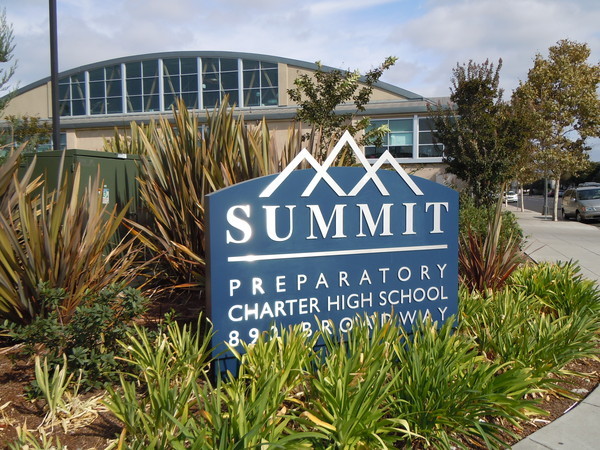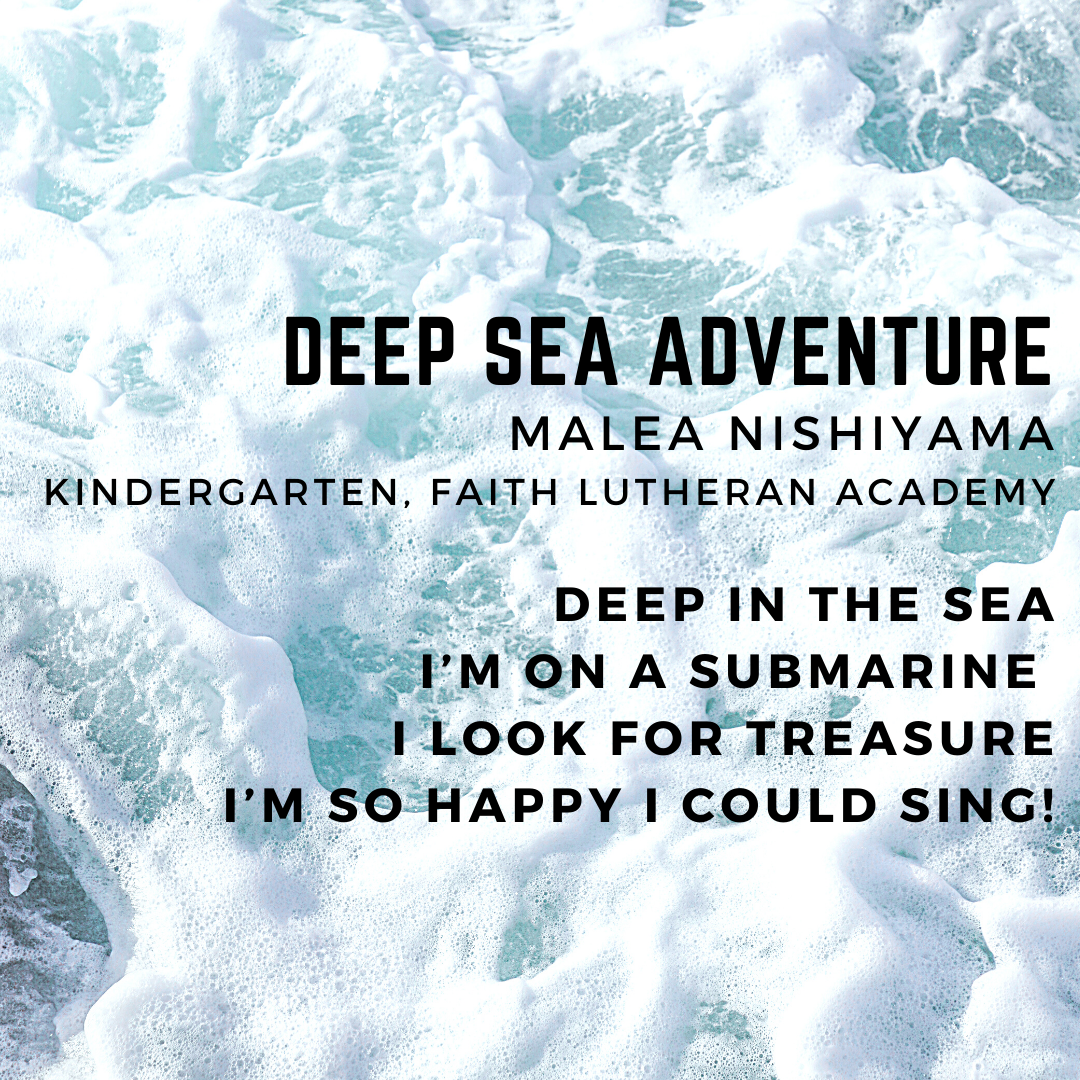Varied, Valid Measures of Student Growth Should Be the New School Accountability Model
With most Nevada students missing out on learning significant amounts of their grade-level content this school year, how can standardized testing hold the most useful value next year, and beyond?
And if some real amount of rolling school closures are likely next school year and beyond, as many experts predict, are our present systems for measuring student learning the tools we need?
Since Governor Sisolak announced that all K-12 schools in Nevada would be closed beginning March 16, Nevada school districts and public charter schools have undertaken widely-varying distance learning plans, with varying degrees of success. So have private schools.
According to the latest national survey by Education Week, students are on average receiving three hours of instruction per day in recent weeks, while students in higher-poverty schools receive closer to two. The same survey of teachers found that one in four students have been “essentially truant,” not participating in distance learning plans.
Whatever bad news this narrative holds for student learning seems far worse when viewed through a prism of student equity. Prior to this crisis, half of Nevada’s eighth-grade students eligible for free or reduced-price lunches through the National School Lunch program scored “Below Basic” – the lowest score given on the National Assessment of Educational Progress – in math, and 40 forty percent did so in reading. Both rates are about twice those of their classmates who are not eligible for the program.
With standardized testing having been mostly abandoned for this school year, how can we track progress and equity next year? U.S. Secretary of Education DeVos announced in late March that her agency was granting waivers from federal standardized testing requirements for the 2019-20 school year for states unable to provide the assessments due to the COVID-19 pandemic. Nevada quickly applied for, and received, such a waiver.
So what should standardized testing look like next year? States’ accountability plans, including Nevada’s, will need to be substantially adjusted if they are to remain meaningful in the post-COVID landscape.
Some federal officials have suggested states should administer standardized tests twice next year – at the beginning and end of the school year – to more precisely track academic growth.
This approach seems problematic for several reasons. The financial costs of the additional testing would sap crucial education dollars at the worst possible time as tax revenue projections remain dire. Such a plan would also carry steep educational costs in lost instructional time.
And if Nevada were to administer our Smarter Balanced Assessments this fall, given that it generally has taken some five months after students take the test before results are posted for families and schools to see, how useful would these results be to support student learning?
A more useful approach would be to rely on varied, valid measures of the academic growth of individual students over time, ensuring that each assessment adheres to consistent guidelines for inclusion and fidelity. One crucial lesson states learned in their transition from the pre-No Child Left Behind era was that for schooling to be equitable for all students, all students must be included in accountability systems, so that every child’s test scores matter equally (appropriate assessment accommodations for learners with special needs are also essential).
A range of such growth measures are already being utilized in Nevada schools. A year ago, the Clark County School District expanded its administrations of the NWEA MAP growth assessments for grades K-8. Various other norm- and criterion-referenced assessments from different publishers, when administered to all students according to prescribed guidelines, can be used to reliably produce valid measures of the academic growth of individual students over time, while also providing timely, actionable information on student learning to help teachers guide interventions and supports.
Varied, valid measures of student growth may well represent the most essential element of school accountability in the post-COVID education landscape. Students will arrive at the first day of school next year, whenever that occurs, with wider disparities in grade-level content mastery than ever. Educators broadly expect they will be confronting a substantially more severe “summer slide” of learning loss as a result of pandemic.
Given our new educational realities, measuring and supporting academic growth for all students will be more important when schools return than ever before. Our school accountability systems should be adjusted to reflect this brave new landscape.






